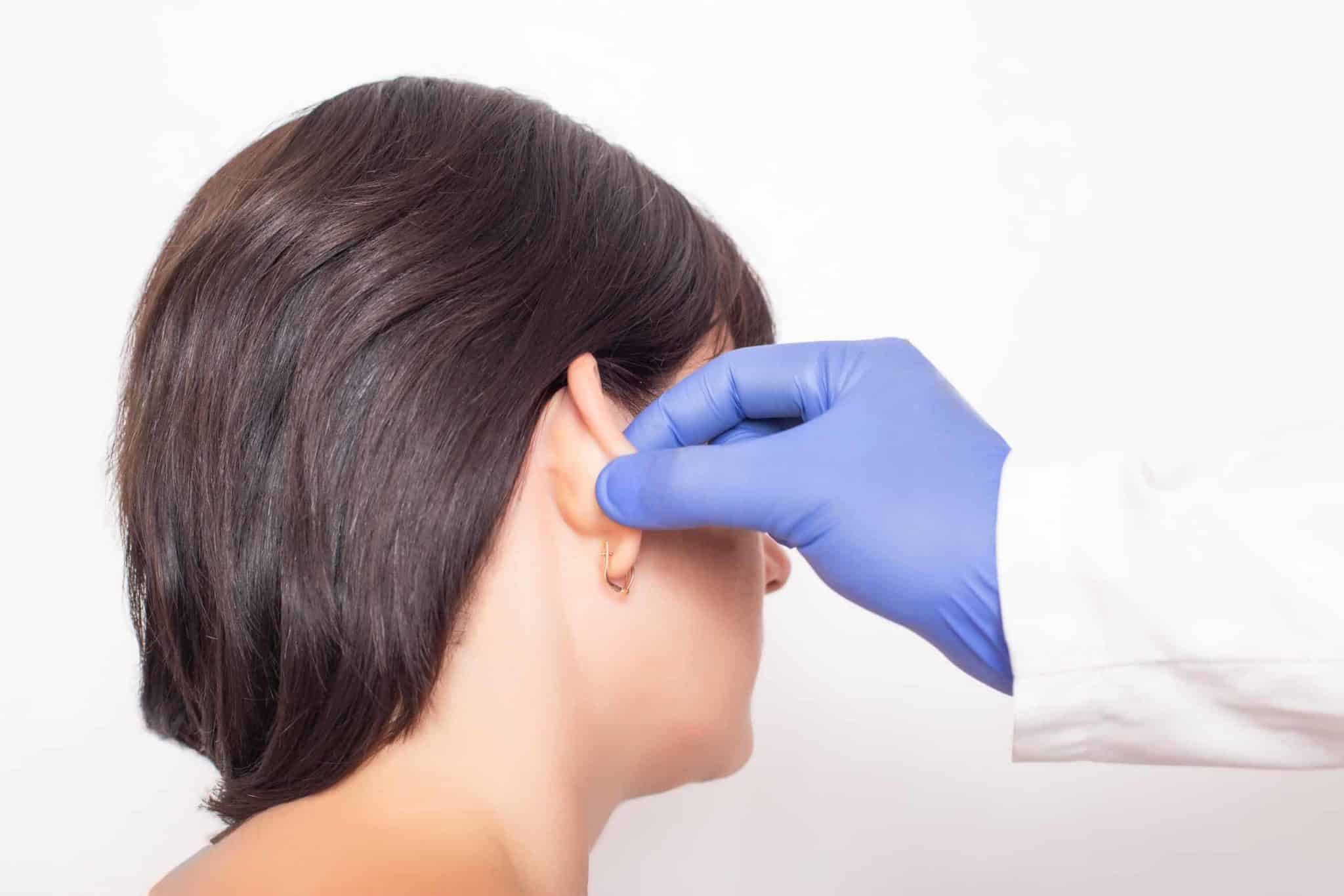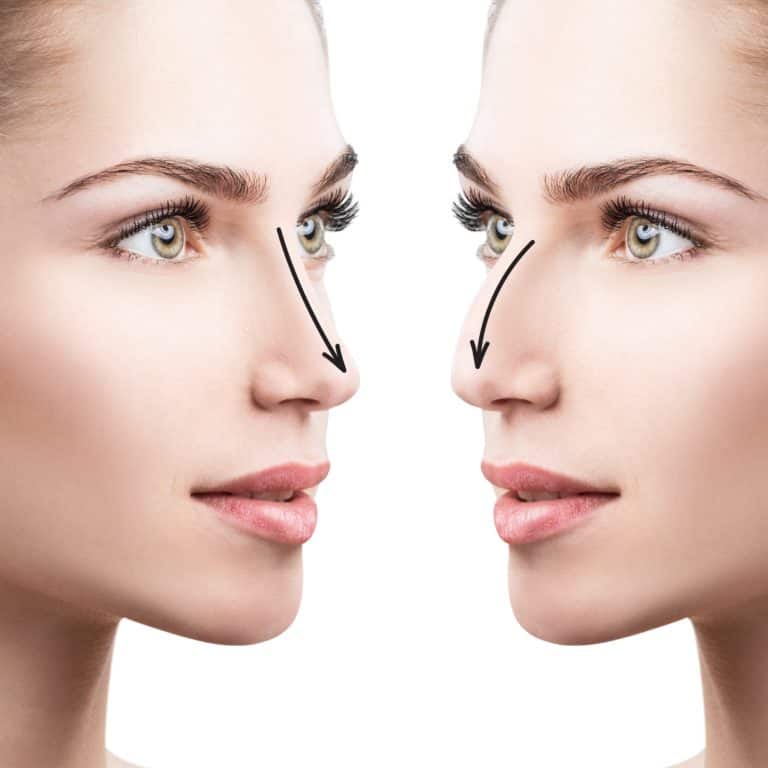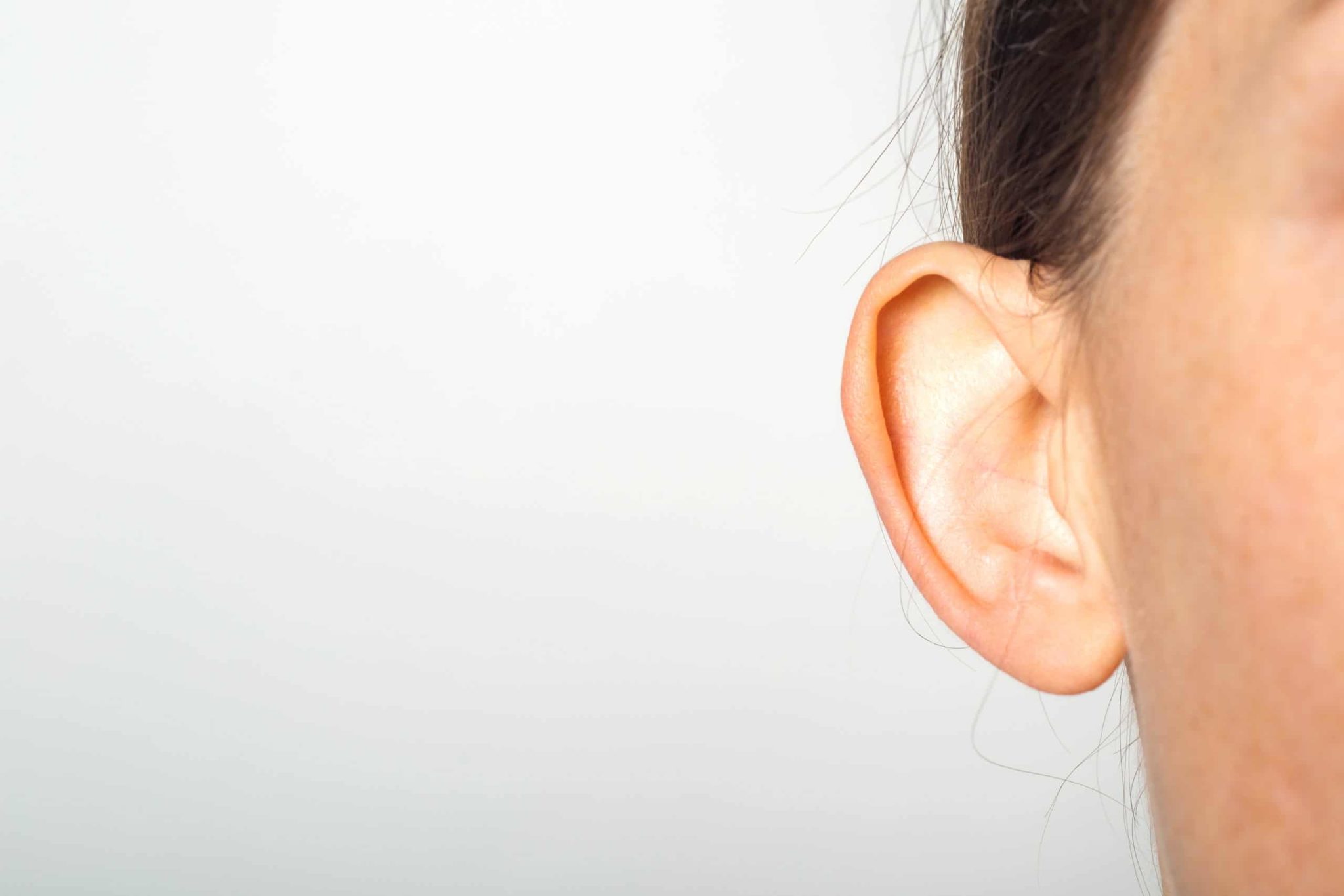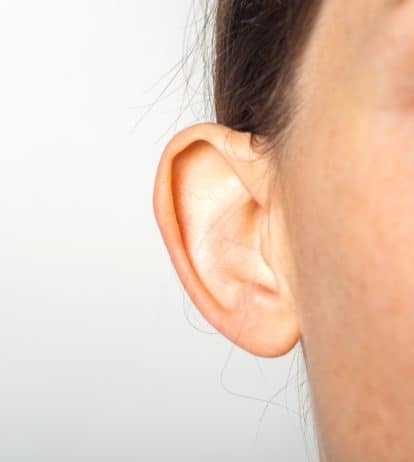
Medically Reviewed April 2023, by Claire Clarke - Head of Surgical Services for The Harley Medical Group
Overview
Ears are like any other body part and they come in a variety of shapes and sizes. While most people don't notice other people's features as much as you’d imagine they do, some individuals are extremely conscious about their appearance— with the size and shape of the ears being no exception.
As we all have different sized heads and different hairstyles/hair types, what is considered to be large or protruding on one person wouldn't be noticeable on another. However, ears that protrude more than 2cm from the head are less common and therefore considered to ‘stick out’ more than average.
What causes prominent ears?
Most people who are considered to have prominent ears have had them since birth, or they have developed this condition in very early childhood. Prominent ears are rarely caused by an accident or illness and there isn’t any known effect on hearing or general health if someone is born with protruding ears.
Main causes of protruding ears include:
- Underdeveloped antihelical fold
In terms of location, when looking into the ear, the outer part forms the shape of the letter 'C'. Inside the 'C' shape, the cartilage can be likened to the letter 'Y'. The bottom part of the 'Y' shape is the antihelix. People who don't have this fold usually find that they have ears that stick out.
- Excess cartilage in the concha area
This is another reason for protruding ears, or one protruding ear, and it refers to the bowl-shaped part that pushes the ear away from the head. Equally, some individuals with protruding ears may display a combination of both excess cartilage and an underdeveloped antihelical fold.
- Genetics
We often get asked "are protruding ears hereditary?" and like with all of our physical features, protruding ears often run in families. They can, however, randomly appear in one member of a family.

Fixing ears that stick out
If you suffer from protruding ears, there is an array of options available to correct their position. These range from temporary non-surgical methods such as ear clips and tape, to otoplasty surgery, also known as ear pinning or pinnaplasty.
You may choose to have otoplasty if you're bothered by how far your ears stick out from your head. Below we offer an overview of the most common available methods to correct the position of your ears.
Also known as 'pinnaplasty', otoplasty is a surgical procedure undertaken to permanently reshape the outer ear, or 'pinna' and achieve your desired appearance.
This method of ‘fixing’ ears that stick out is purely cosmetic and should not be confused with reconstructive surgery used to build up the ear following damage, or a congenital anomaly/ear deformity. Otoplasty surgery does not affect the inner part of the ear that is used for hearing and is often referred to as ‘ear pinning’.
THE PROCEDURE
Otoplasty usually aims to reduce the size of the ears (ear reduction surgery), reshape the ears (ear reshaping surgery), or reset protruding ears so that they sit closer to the head (prominent ear correction surgery). It's performed under local anaesthetic, or general anaesthetic (depending on the recipient's age) and usually takes between one and three hours. The time taken will depend on whether the ears are being reduced, pinned back, or both.
During the procedure, your surgeon will make an incision behind the ear, remove some of the skin and reshape the cartilage as necessary to achieve your desired result. The ears are then stitched into the new position and you may be asked to wear a headband to protect the ears while they heal. It’s important to follow your surgeon’s aftercare advice carefully.
RECOVERY
Depending on their profession, most adults should be able to return to work about a week after surgery. Recovery time from otoplasty surgery is at least six weeks and any activities that could cause trauma to the ears should be avoided. Any resulting scars from your surgery will be hidden by the fold of the ear.
As with any cosmetic procedure, it's essential to only approach qualified, experienced, and regulated plastic surgeons.
RISKS & COMPLICATIONS
Otoplasty surgery risks include complications with scar healing and potential asymmetry. However, a reputable and experienced surgeon will work with you to discuss realistic expectations. Again, the procedure carries the same risks as all operations—including a potential allergic reaction to anaesthetic, as well as infection and blood clots.
EAR REDUCTION SURGERY COST UK
Costs for this type of surgery vary depending on what each patient wants to pursue—be it ear surgery for big ears, ear pinning for protruding ears, or a combination of the two. At The Harley Medical Group, we offer ear reshaping surgery for both men and women.
Non-surgical ear correction methods range from covering them with longer hairstyles, tying them back using hair or a hat, or trying out special tapes and clips that hold the ear in the desired place temporarily.
Ear splints or moulds are specially designed, non-invasive devices that a newborn baby wears to shape their soft cartilage. Similar products are based upon skin-friendly adhesive tape that holds the ear in place when babies are newborns, moulding them to this shape permanently. Please note that these approaches are only suitable for babies under 6 months old as the cartilage becomes too hard after this point. It's also very important to only use safe, regulated products that have been assessed by your doctor beforehand.
For older individuals who haven't been able to achieve their desired results using these methods, surgery may be considered.

When to see a doctor
There are no physical concerns regarding naturally protruding ears that have been present since early childhood. It's important to see your doctor if you experience any changes to your ears, especially following an accident or injury.
Although naturally large or protruding ears don't have any effect on hearing, you should always report any changes in your hearing to your doctor.
The most commonly reported problem of having large or protruding ears is psychological distress. So if you're feeling very anxious about your appearance, you may wish to speak with trusted family and friends—or see your doctor about ways to relax and build your confidence.
Speak to a patient advisor BOOK A CONSULTATION
Key takeaways
- Ears are like any other body part and come in a variety of different shapes and sizes.
- Large or protruding ears do not affect hearing.
- Some people experience anxiety and lack of confidence that they feel stems from the size and shape of their ears.
- There is an array of non-surgical and surgical options available to change the appearance of protruding ears.
- It’s important to only purchase products from a reputable supplier that meets all manufacturing safety standards and consult your doctor before use.
- If you’re considering surgical corrections to the ear shape, always ensure you use a fully qualified, experienced, and regulated surgeon.
- Always speak with your doctor about any changes to your hearing or the appearance of your ear.
More Conditions

Saggy breasts
Sagging breasts or ‘breast ptosis’ is usually nothing more than a harmless, aesthetic feature. Breast ptosis often refers to lower appearing nipples, or those that point downwards and it can range from mild to severe...

Crooked nose
A crooked nose doesn’t follow a vertical, straight line down the centre of your face. Depending on the cause, crooked noses will have different degrees of crookedness and these could vary from subtle to more dramatic...

Loose skin
When people lose a large amount of weight, they can be left with excess skin, especially if they have lost weight quite rapidly. This can then negatively affect their quality of life and also be a source of low self-esteem and embarrassment...

